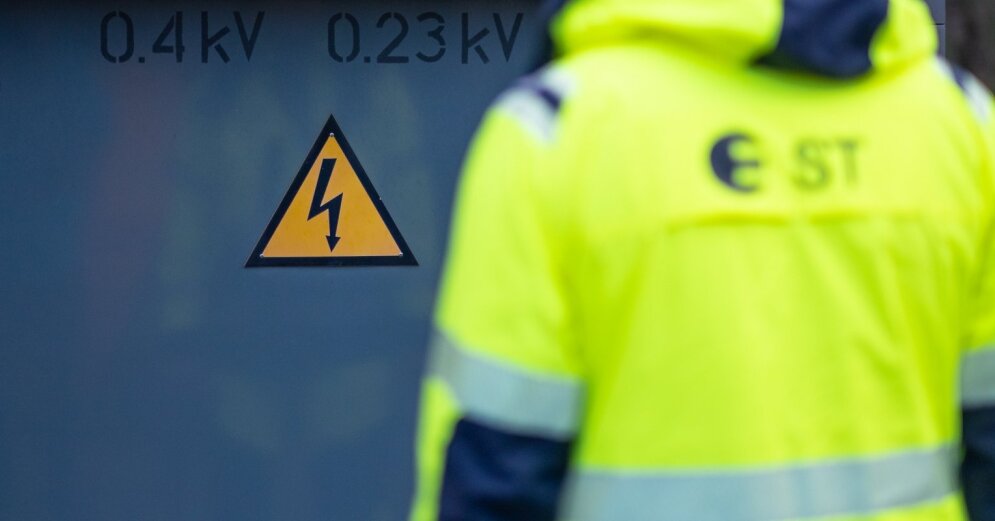Covid-19 has seriously shaken people in their mental state. An international study in 13 countries. including Austria – with more than 22,000 participants between May and August 2020, showed symptoms of insomnia in almost 37 percent of the participants. A quarter each suffered from signs of anxiety or depressive symptoms. In comparison, the Austrians performed rather average, as stated in the recently published publication.
“The Covid-19 pandemic has brought about unprecedented changes in social life, work and leisure activities, all of which have had a major impact on sleep and psychological well-being,” wrote the study’s authors, with lead author Charles Morin (University Laval, Quebec / Canada) and also the Viennese psychologist and sleep researcher Brigitte Holzinger (MedUni Vienna) as one of the authors.
While there were already several national studies on the effects of SARS-Cov-2 on the psyche of people last year, there has been no comparative study with a standardized protocol in an international framework, the scientists found in the journal “Sleep Medicine”. A corresponding questionnaire was therefore developed and translated using screening categories established in psychology. The result was an “international, multicenter and harmonized survey of 22,330 adults (mean age: 41.9 years; 65.6 percent women) from the general population in 13 countries on four continents”. Austria (824 participants) was there as well as countries such as Brazil, the USA, Canada, Hong Kong and the Chinese province of Jinklin, Japan, Sweden, Italy and other European countries.
Symptoms of insomnia in 37 percent of participants
The overall results, according to the authors: “Clinical symptoms of insomnia were reported by 36.7 percent of the participants. 17.4 percent fulfilled the criteria of a probable sleep disorder (clinical picture; note). There were 25.6 percent with a probable anxiety disorder and 23.1 percent with likely depression. ” Women and younger people suffered more often from insomnia or real sleep disorders.
For Austria there was a rate of 30.3 percent of the participants with symptoms of insomnia and a proportion of 12.5 percent with a probable pathological sleep disorder. An anxiety disorder likely to be present was reported by 21.2 percent of the Austrian participants, and 18.2 percent likely to be depressed.
Austrian test persons showed rather average values
In a comparison among the 13 countries, the Austrian test subjects showed rather average values: In the USA, 59.8 percent of the respondents noted symptoms of sleep disorders, while 31.4 percent already had pathological sleep disorders. Americans also scored worst for anxiety and depression, with 51.3 percent and 50.7 percent, respectively.
Conversely, the participants from Jinlin in China had the best values for insomnia and sleep disorders with 22.3 percent and 7.5 percent, respectively. Italy was very similar here with 27.5 percent and 8.2 percent in Europe. The participants from Jinlin were also least affected in terms of anxiety disorders (10.1 percent) and depressive symptoms (12.6 percent). In Europe, the Finns apparently felt most comfortable (13.9 percent symptoms of anxiety; 12.8 percent symptoms of depression).
Particularly very stressful first phase of the pandemic
Overall, with Covid-19, at least in the observation period in 2020, the frequency of sleep problems is likely to have doubled, the experts summarize the situation. The psychological stress was higher, especially in the first phase of the pandemic.
The OECD summarized various national surveys (no direct comparative study) on this topic some time ago as follows: “From March 2020 the frequency of anxiety and depression increased. For example, the prevalence of anxiety disorders doubled compared to previous years in Belgium, France , Italy, Mexico, New Zealand, Great Britain and the United States.
In Australia, Belgium, Canada, France, the Czech Republic, Sweden, Great Britain and the United States, suddenly twice as many people were suffering from depression as before. In Austria, the frequency almost tripled from 7.7 percent to 21 percent.
–

